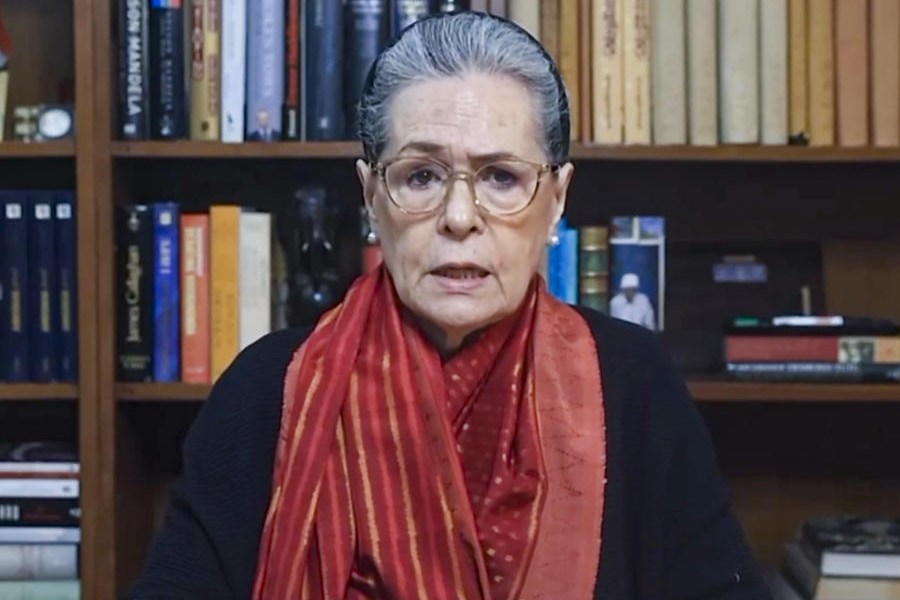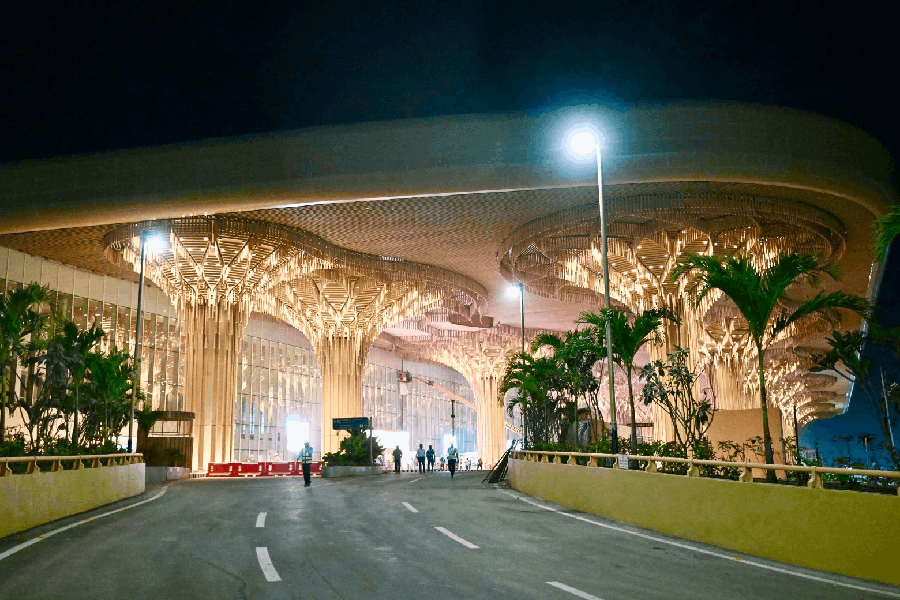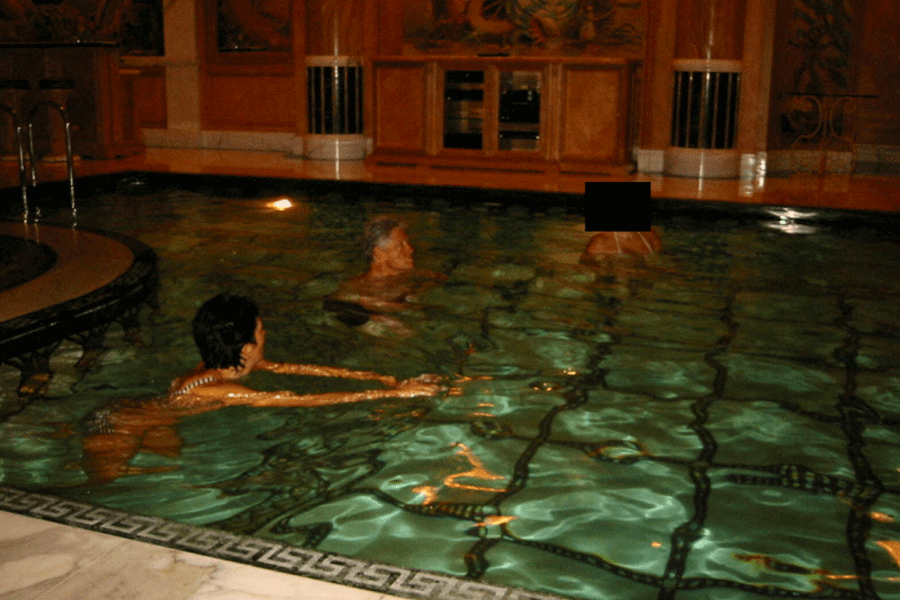 |
| A terracotta figure from Asharikandi |
Dhubri, May 14: Caring fingers are moulding the future of Asharikandi, just as the artisans of this village create their famous terracotta products.
Till a few decades ago, the terracotta figure of a mother breast-feeding her child was the unofficial logo of this nondescript village, located along National Highway 31 in Dhubri district. But lack of government patronage almost pushed the unique clay art of Asharikandi towards oblivion.
But that was yesterday. Today, Asharikandi is back on its feet, the artisans once again producing their exquisite terracotta products and getting buyers. The credit for this success largely goes to some non-governmental organisations, although the government, too, has chipped in its bit.
It all started when Asharikandi was declared a model village by Dispur for its all-round socio-economic development. The main aim was to revive its dying terracotta industry.
A sizeable population of this tiny village earns its livelihood by manufacturing terracotta products. In doing so, they also preserve the traditional Goalparia art and culture. It is the terracotta artisans and their tradition, which lend the village its significance.
However, in the absence of incentives from the government, the nearly 600 villagers and 200 families engaged in terracotta manufacturing were giving a second thought to continuing in the trade. They realised that only appreciation and recognition of this important culture were not enough for survival.
The future, however, looked better after organisations like the Bharatiya Rural Integrated Development Growth Enterprise (BRIDGE) and North East Craft and Rural Development Organisation (Nacardo), stepped in. They tried to uplift the socio-economic conditions of the artisans by modernising the process of terracotta production and giving a new look to this clay art.
Nacardo director Binoy Bhattacharjee said they and the Asharikandi Terracotta and Pottery Development Committee (ATAPDC) were jointly engaged in modernising the entire system of production and making innovative changes in terracotta items. Technical experts have been engaged to convert the hand-driven wheel into a mechanised one and the traditional method of burning raw terracotta products is being replaced by electrical oven. This would not only save time, but also prove to be cost-effective, he added.
For marketing of the products, they are contacting various outlets located in the country’s tourist spots and the response has been encouraging, Bhattacharjee said.
The NGOs are also planning to open a crafts and terracotta market, where domestic and foreign tourists can buy terracotta products and know about the cultural background of this area and its products.
Bhattacharjee said Asharikandi can become prosperous if the district administration lays stress on development of infrastructure and encourages the terracotta artisans with financial assistance and marketing.
Dhirendra Nath Paul, an acclaimed artisan of the village, has received awards at the national and international levels.











